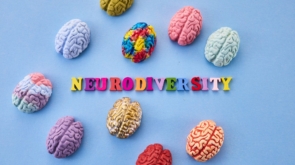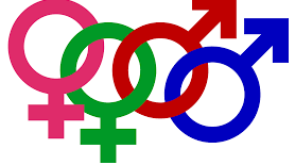IntroductionImagine being in a relationship where you love your partner deeply, but a simple kiss feels too intense, or the texture of their touch makes your skin crawl. Or picture wanting closeness but feeling overwhelmed by the sounds, lights, ...

OnDelights
Welcome to a diverse world where individuals from various walks of life seek pleasure and satisfaction. Whether you're a dedicated workaholic, a nurturing housewife, a proud Swedish gay individual, a trio of lesbian friends embracing love, or a sex worker, we all share a common need for joy and fulfillment. Recognizing that pleasure and satisfaction are essential aspects of our lives, we strive to enhance your sexual experiences. Our aim is to provide ongoing pleasure and satisfaction, acknowledging the innate human instinct for intimacy and connection. Embrace a journey of heightened satisfaction with us, celebrating the diversity of desires and experiences that make us uniquely human.



